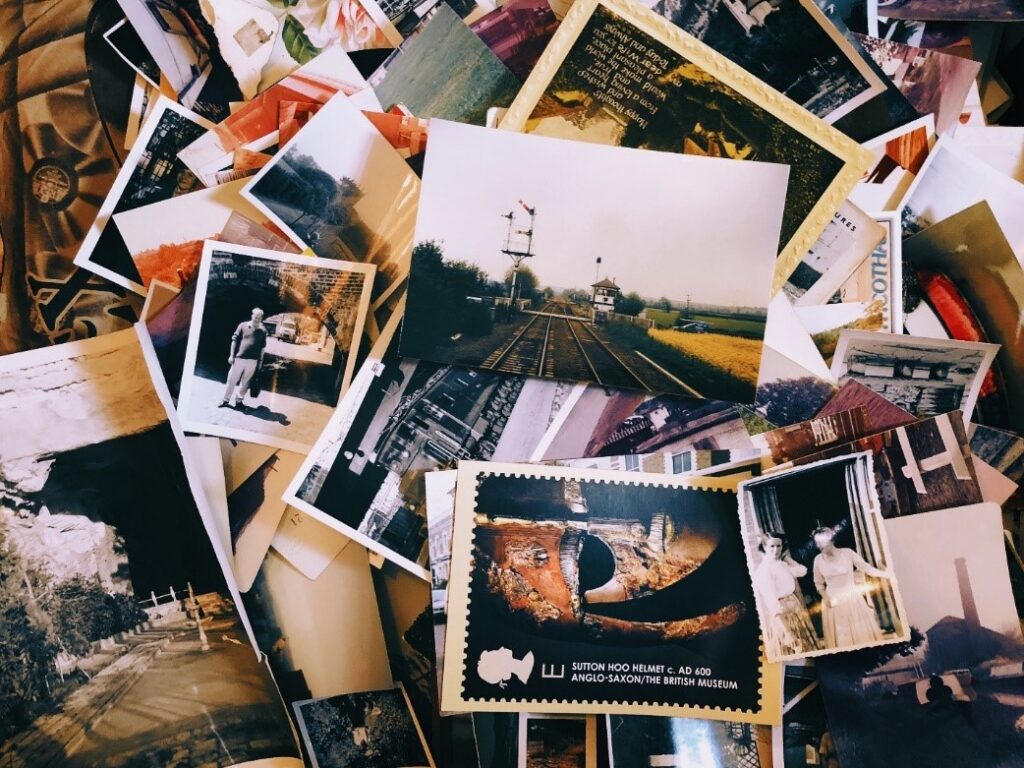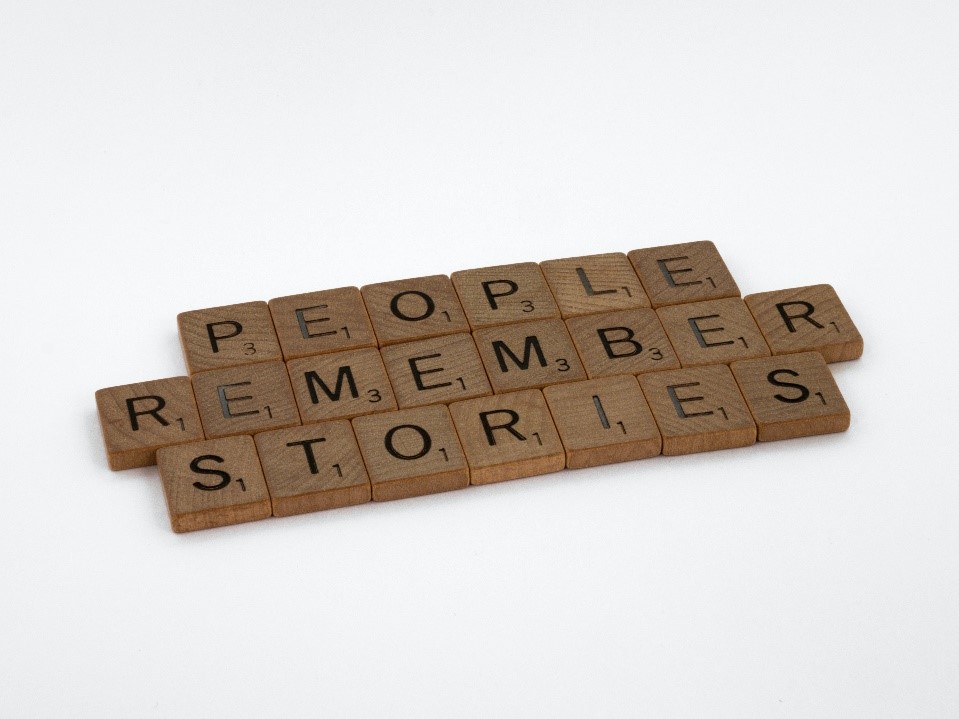Context
The pedagogical activity I describe here emerges from a collaborative project I initiated in Fall 2023.
Through the Climate+ Challenge, I’ve been leading devising sessions focused on climate+. The “+” indicates that climate change entails social inequities; it expands the term to include the many ways that climate change intersects with injustices. “Devising” means collaborating to produce a performance: everyone involved creates the script by working with research and other creative texts through improvisation, games, and discussion.
We plan to show what we’ve come up with at the end of the Spring 2024 term, but the main outcome of the project is the time participants spend thinking together in ways that disrupt our regular patterns.
Interested? Please join us! Anyone at KPU is welcome, and no special skill, knowledge, or experience is necessary. Email dale.tracy@kpu.ca to find out more.

Photo by Jon Tyson on Unsplash
The Activity
Step one: engage personal experiences related to climate
Ask students to share a memory of an experience related to climate that one or both of the following prompts bring to mind. Invite students to consider these statements from various angles, using their creative curiosity to connect the abstract idea with something concrete from their own lives.
You might give students time to freewrite to come up with this memory. (Freewriting means writing continuously for a pre-set period of time, without worrying about editing.) After several minutes of freewriting, you might give students time to share their memories in small groups. Alternatively, you might choose for the activity to be only written and not shared with peers. If students will be sharing, you might let them know in advance of the freewriting.
Notes:
You might choose your own prompts instead of using the ones that I supply. I recommend prompts that are not too narrowly about climate. The goal here is to find something that opens up multiple connections for students with diverse experiences connecting to climate.
Choosing your prompts could also be a way to guide the sort of memories students might share. You may want to discuss whether or not this learning community in this space is prepared for all sorts of personal stories, like those involving trauma. You might choose to set some expectations for the discussion.
Prompts:
- “All Good Things Must Begin”
- from Octavia Butler and 2023’s theme for the Climate Change Theatre Action festival)
- “Let all evil die and the good endure”
- from Renée Sarojini Saklikar’s Bramah’s Quest

Photo by Brett Jordan on Unsplash
Step two: turn memories into stories
Present students with tips about telling a personal story from the Georg Arnhold Program on Education for Sustainable Peace’s Creative Approaches to Climate and Peace Education. See Marte Skaara’s “How to tell a compelling personal story” (p. 13). The goal here is for students to explore and communicate their memory in concrete detail. You might ask students to share their memory that has become a story in freewriting, small groups, or the class as a whole.
Step three: connect to course concepts
Ask students to connect their own stories to course concepts. If students have been sharing in small groups or the class as a whole, ask them also to find connections between their peers’ stories and course concepts. You might consider putting a list of course concepts on the board or in a handout.
Here are some examples I can imagine of concepts connecting to stories (to help instructors imagine how the activity might go, not to direct students’ stories):
- If your course considers food supply, students with stories focused on gardening, pruning apple trees, or picking berries could consider how personal connection to food-growing could shape ideas about agriculture.
- If your course considers environmental racism, students with stories about accessing greenspaces could think about the social and political structures shaping that access.
- If your course considers emissions, students with stories about walking or hiking could consider how pedestrianism intersects with current car use habits in Metro Vancouver.
- For any concept, students with stories engaging feelings of responsibility could consider how such feelings could tie into action regarding that concept.
Step four: reflect on the process
Give students the opportunity to consider what they discovered through or experienced in the process of remembering and turning their memories into stories within the context of your course. This time for reflection could be through freewriting, small group discussion, or whole class discussion. You could start with a broad question like, “What did you like about that activity?” or “What will you take away from this activity?” Alternatively, you could ask narrower questions: “Do you understand any course concept in a different way now than you did before this activity? Which one? Could you explain why or how?”
Step four: move from the activity to an assignment
This step isn’t necessary, but it may offer an opportunity for an assignment that resists academic integrity breaches because students would be working from their initial in-class work and personal story. To that end, have students submit their in-class writing from the activity so that you can refer back to it when you assess the assignment.
Ask students to connect their personal stories to a specific climate concept from your course. Depending on your learning outcomes, you might ask students to, for example,
- define the concept by engaging its details through their personal experience
- explain the concept for the audience of someone else involved in the memory they told
- argue for a climate action by taking a position that their personal experience leads them to consider and research
- write a letter to themselves at the time of their memory, explaining what more they know about a relevant climate concept than they did then
- create a series of climate-related questions and the answers to those questions that they wish they had known at the time of their memory
Learning Outcomes
These learning outcomes are for the activity alone, since a connected assignment’s outcomes would vary depending on type.
After completing this activity, students will be able to
- Understand climate-related course material as relevant to their lives
- Communicate in a concrete and specific way about climate